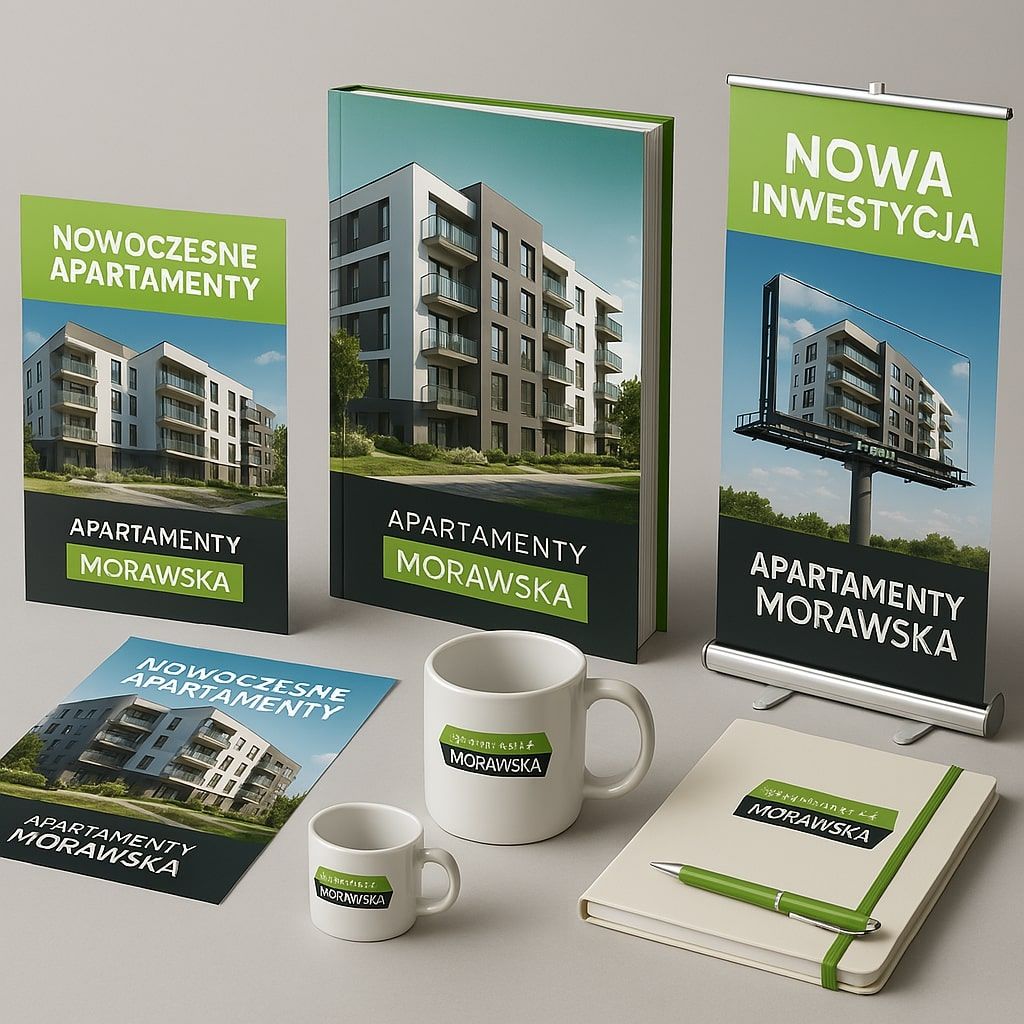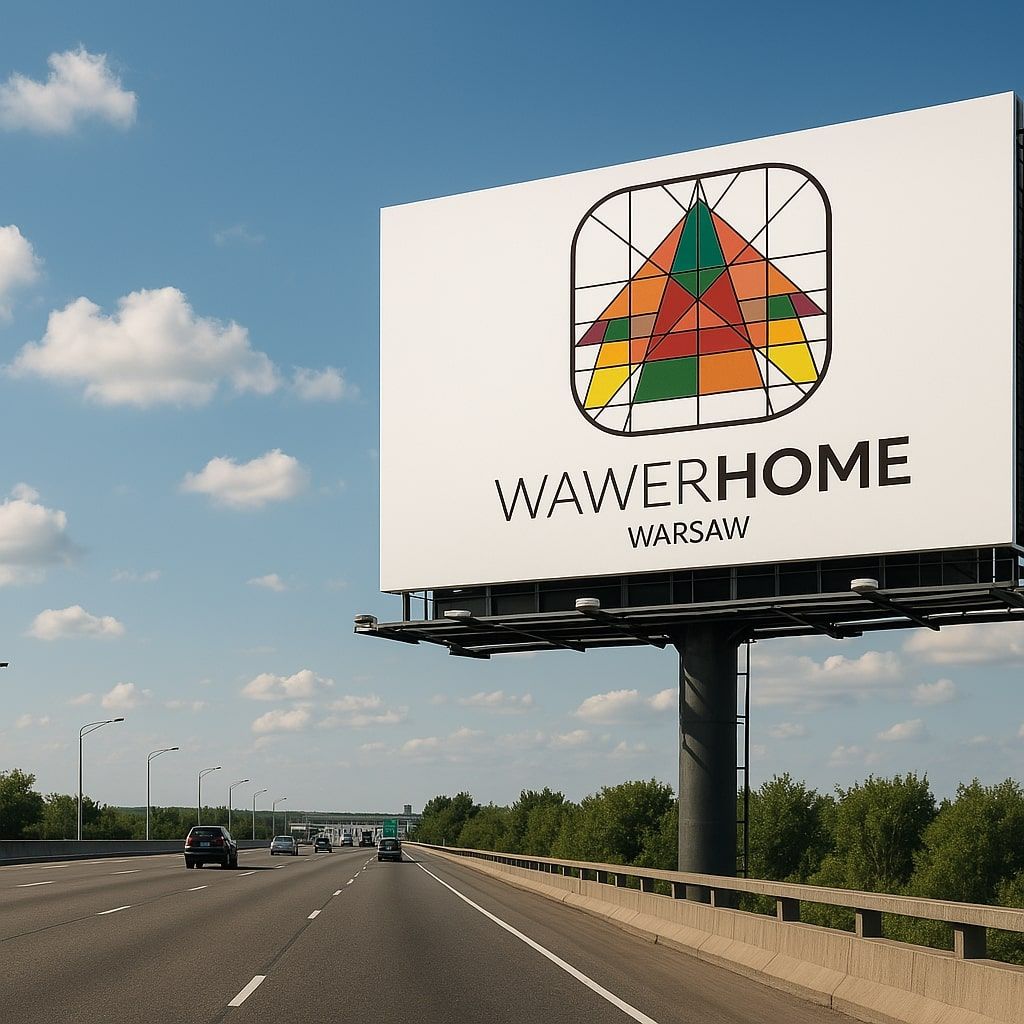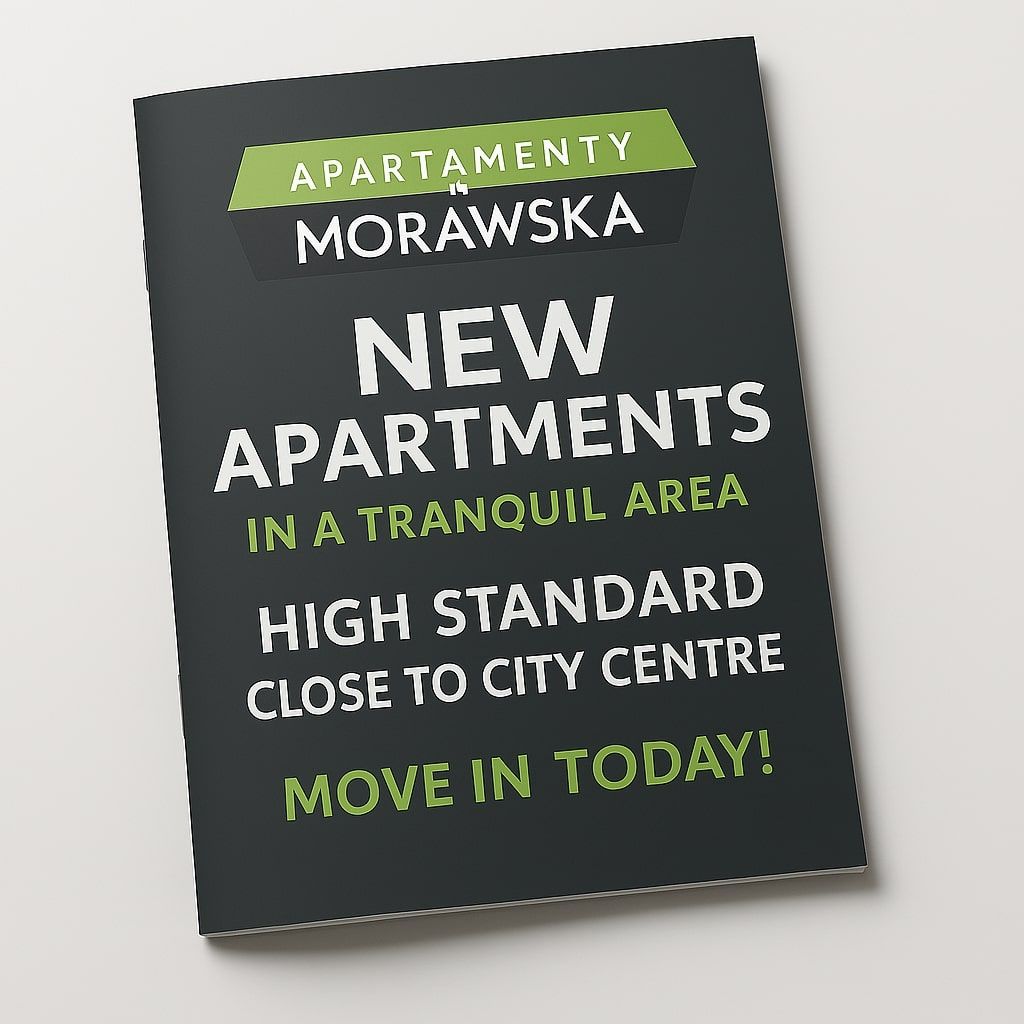
Advertising Folder & Leaflets for the Real Estate Developer - Worth It?
...
Do printed and advertising materials for real estate developers still work? See how to use flyers, brochures, and billboards to boost property investment sales.
You're spending money on printed materials for real estate developers, but the leads just aren't coming in?
Wondering if, in the age of AI, TikTok, and remarketing, advertising materials for developers aren’t a thing of the past?
Good news: they still work.
Bad news? Only if you do it right. Most burn through their budget because they don’t actually know why they’re printing.

All of these are classic advertising materials for real estate developers. But only if you use them strategically.

Yes. But not in a "print = lead" kind of way.
A flyer won’t sell a home.
A billboard won’t close a sale.
But they can:
Build trust
Increase recognition of the property investment
Work in sync with your overall marketing campaign
Printed materials are support tools, not your main weapon. Perfect for lead nurturing and brand building.

Local markets – small towns, districts, neighborhoods
Premium clients – a printed brochure impresses more than a PDF
Housing fairs, industry events – you need to be visible there
Sales office – nothing works better than a physical folder on the table

1. Start with the goal, not the print
What are you aiming for – exposure? Selling a specific stage? Brand building?
2. Focus on quality design
A property folder isn’t a school newsletter. You need strong design, good photos, and meaningful copy.
3. Print with the audience in mind
Don’t scatter flyers all over the city. Target. Choose districts that match your client's profile.
4. Connect offline with online
Every material should include:
– A QR code linking to a landing page
– A special offer available only from the flyer/brochure
– A unique contact number
5. Make it part of a system
Printed materials must align with your Google Ads, Facebook Ads, and PR efforts.
Printing without a strategy – “because that’s how it’s done”
Low-quality property folder – looks like a 2004 brochure
Billboards in poor locations – no traffic = no results
No consistency with online ads – every channel tells a different story

It’s simple – you just need to plan it:
Separate phone numbers for each material
Unique QR codes and UTM-tagged landing pages
Discounts exclusive to the brochure – e.g., “$10k off with this code”
Ask clients where they heard about you – and record it in the CRM

When a client holds a property catalogue with beautiful visuals, quality paper, a description of the area and finishes...
…it’s no longer just another offer. It’s a premium product.
And if you treat it like premium – the client will feel it too.
In this year, it’s not enough to “just print something.”
But well-designed advertising materials, synced with your online campaign, can:
Remember: print doesn’t replace digital. It supports it.
Yes – if they are well-planned and integrated with the online campaign. They don’t generate leads on their own, but they build trust, recognition, and support sales.
Property folders, flyers with a specific offer, well-located billboards, and roll-ups in the sales office – these formats work best when tailored to the target audience.
Yes, but only if they reach the right people, are well-designed, and include a clear CTA and contact method (e.g., QR code).
Depending on the type: flyers from a few cents each, property folders from a few USD, and billboards from several hundred to several thousand monthly.
Use unique phone numbers, QR codes, UTM-tagged landing pages, and ask clients where they heard about you.
A folder is a comprehensive material with visuals, an investment description, and the full offer. A flyer is a short-form ad meant to grab attention and invite contact.
High-quality photos and visuals, location description, apartment floor plans, investment highlights, contact details, and a clear CTA.
Yes, if the location is well thought-out and the design is clear and visible from a distance. Very effective in local campaigns.
Near the property investment, in high foot traffic local areas, parking lots, residential zones, and shopping centers – places where your target audience hangs out.
A5 flyers, A4 folders, B2/B1 posters, 85x200 cm roll-ups, and glued catalogues in A4 horizontal/vertical format.
Yes – pens, notebooks, or bags with branding increase brand recall and create positive brand associations.
Add QR codes to flyers and folders, use the same graphics, slogans, and colors as in digital channels, and direct to the same landing page with a unique UTM.
Yes – especially in districts with high foot traffic and strong competition. Printed materials can help your property stand out.
Absolutely. Premium clients expect high-quality folders and catalogues – it builds prestige and credibility.
Lack of CTA, poor print quality, unreadable content, information overload, and lack of consistency with the online campaign.
Weekends and afternoons – when potential clients are most active and open to new real estate offers.
Yes, especially for larger investments or when you want to emphasize the quality of your offer – catalogues are premium formats that stay with the client.
“Call for an offer,” “Scan for a discount,” “Book online” – specific, benefit-driven, and easy to act on.
Select commuting routes, high-traffic roads, and areas near the investment – places people pass daily and will see the billboard regularly.
Yes – you can set up remarketing for people who scanned a QR code or visited the landing page from a brochure or flyer.
Yes, if they include a clear contact method and are part of a larger marketing strategy (e.g., with a discount or an Open House invite).
From 1 to 4 weeks – depending on complexity, number of graphic materials, and whether the content is already prepared.
Yes, if you use recycled paper and eco-friendly inks. You can also combine them with digital to reduce overprinting.
Yes. Homebuyers often collect multiple offers – a professional folder increases the chance they’ll remember your property investment.
Whenever there’s a major offer update – new investment stages, price changes, new visuals, or revised handover dates.
Book a free consultation.
Sign up now for our free RendProletter and receive 1 email every week with a short summary of the best posts from our blog and emails with unique offers you won't find anywhere else!